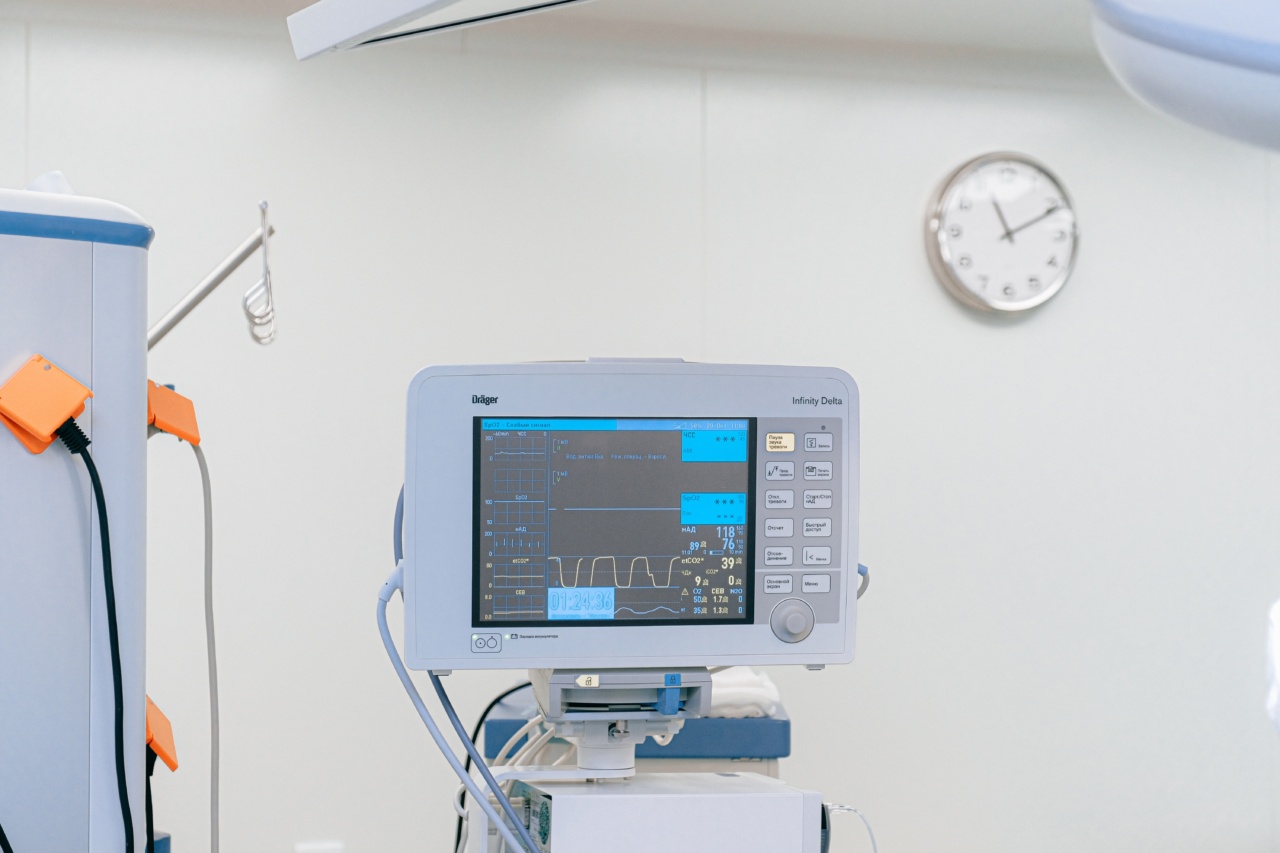Anesthesiologists play a critical role in surgical procedures, ensuring the safety and well-being of patients before, during, and after surgery. The workload of anesthesiologists can significantly impact surgery complication rates.
This article explores the relationship between anesthesiologist workload and surgery complication rates, highlighting the importance of appropriate staffing and resources in delivering optimal patient care.
Understanding Anesthesiologist Workload
Anesthesiologists are medical doctors specialized in administering anesthesia and monitoring patients’ vital signs during surgery.
Their responsibilities include evaluating patients’ medical history, selecting the appropriate anesthesia technique, managing pain, and ensuring patient stability throughout the surgical procedure. They also play a crucial role in the immediate post-operative period, monitoring patients in recovery and managing any complications that may arise.
Anesthesiologist workload encompasses several factors, including the number and complexity of surgeries they handle, the duration of procedures, and the intensity of care required for each patient.
Anesthesia care is not limited to the operating room; anesthesiologists often provide critical care services in intensive care units, emergency departments, and other clinical settings. The workload can vary significantly depending on the hospital or healthcare facility, surgical specialties, and overall demand for surgical services.
The Impact of Workload on Patient Safety
Anesthesiologists’ workload directly affects the quality and safety of patient care.
Excessive workload, driven by factors such as understaffing, inadequate resources, or long working hours, can lead to fatigue, burnout, and compromised decision-making. These factors contribute to increased surgery complication rates and adverse patient outcomes.
Studies have shown a clear association between high anesthesiologist workload and increased rates of surgical complications.
Overworked anesthesiologists may have less time to adequately evaluate patients’ medical conditions and prepare appropriate anesthesia plans, potentially leading to suboptimal care. They may also experience increased cognitive load and reduced vigilance, increasing the likelihood of medication errors or delayed responses to critical situations.
Furthermore, inadequate staffing can result in reduced availability of anesthesiologists in case of emergencies or the need for simultaneous surgeries.
In such instances, stretching resources thin may compromise patient safety, increase the risk of adverse events, and delay response times when urgent interventions are required.
Importance of Optimal Staffing and Resources
To ensure optimal patient outcomes, it is crucial to maintain appropriate staffing levels and allocate sufficient resources to anesthesiology departments.
This not only allows anesthesiologists to provide individualized and high-quality care but also mitigates workload-related issues that contribute to surgery complication rates.
Healthcare institutions should prioritize the recruitment and retention of an adequate number of qualified anesthesiologists. This includes accounting for patient volume, surgical complexity, and the need for continuous care in critical settings.
Adequate staffing ensures that anesthesiologists can devote sufficient time and attention to each patient, conduct thorough preoperative evaluations, and make informed decisions regarding anesthesia techniques and pain management.
In addition to staffing, optimizing resources such as anesthesia equipment, medication supplies, and monitoring systems is equally important.
Accessible and well-maintained resources contribute to efficient workflow, reduce the risk of errors, and enhance patient safety during surgery.
The Role of Technological Advancements
Technological advancements have played a significant role in improving anesthesiologist workload management and patient safety.
Electronic health records (EHRs) enable efficient documentation, facilitate communication between healthcare providers, and ensure accessibility to patient information when needed. Anesthesiologists can rely on automated alerts and reminders within EHR systems to help prevent medication errors and enhance patient monitoring.
Furthermore, the use of advanced anesthesia machines, patient monitors, and other technological innovations has revolutionized the field of anesthesiology.
These advancements allow for better control of anesthesia delivery, real-time monitoring of vital signs, and early detection of potential complications. By leveraging technology, anesthesiologists can streamline their workflow, improve efficiency, and enhance patient safety, ultimately reducing surgery complication rates.
Collaboration and Communication
Effective collaboration and communication within the healthcare team are essential in managing anesthesiologists’ workload and reducing surgery complication rates.
Close coordination with surgeons, nurses, and other relevant healthcare professionals ensures shared decision-making, proper patient preparation, and timely interventions when complications arise.
Regular interdisciplinary meetings, preoperative checklists, and standardized protocols contribute to efficient teamwork and the provision of optimal patient care.
By working together cohesively, healthcare teams can address workload-related challenges, identify potential risks, and implement strategies to minimize surgery complication rates.
Conclusion
Anesthesiologist workload significantly influences surgery complication rates.
To promote patient safety and achieve optimal outcomes, healthcare institutions must prioritize adequate staffing, allocate appropriate resources, and leverage technological advancements. Collaboration and effective communication within the healthcare team are also vital in reducing workload-related challenges and ensuring the best possible care for surgical patients.






























